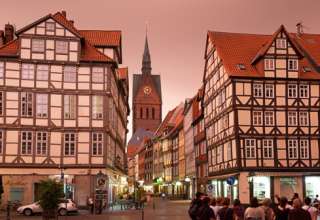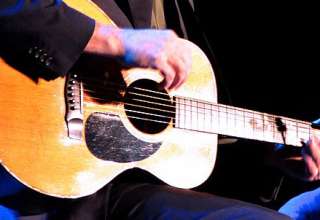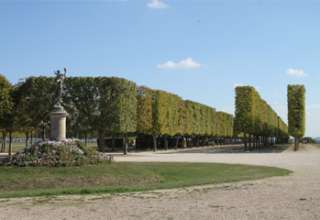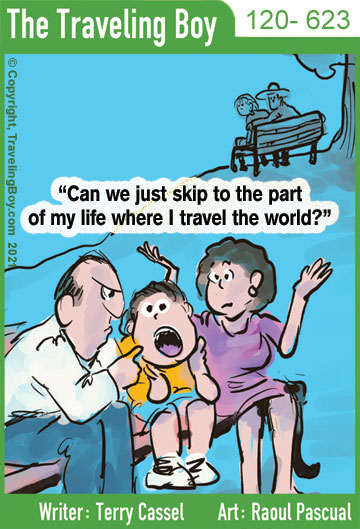Q: I’m a Spaniard and I’m planning to visit the Philippines. Is it true that the great explorer, Ferdinand Magellan, died in the Philippines? Was he Spanish or Portuguese? More importantly, is it safe for me to visit? — Maria
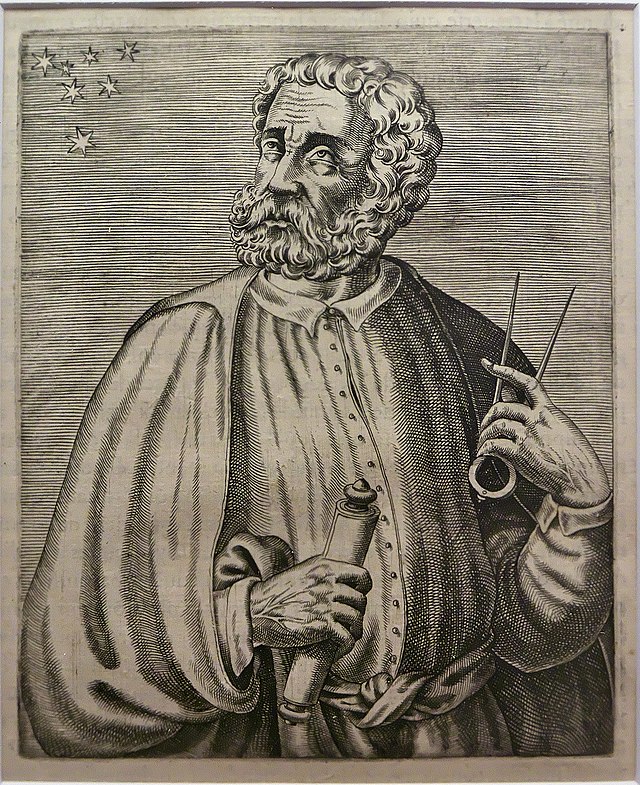
Dear Maria,
Yes, Magellan lost his head in the Philippine island of Mactan in 1521. Ferdinand Magellan (Fernando de Magallanes in Spanish) was actually born in Portugal (Fernao de Magalhaes) but his expedition was funded by Spanish investors when his own country rejected his exploration proposal. Whether he changed loyalty to Spain is not clear but the Philippines is named after King Philip of Spain.
Magellan’s story is one instance where the old adage “the victor gets to write history” rings true. The PBS History website and Spanish movies like “1898: Our Last Men in the Philippines” depict the Filipinos as uncivilized thankless primitives. From Western perspectives, the Spaniards were the cultured benefactors who came to save the Filipinos from their ignorance. From the Filipino’s viewpoint, the Spaniards were the oppressors. The Spanish monks sworn to celibacy were notorious to have families on the side.
Western literature does not explain how Magellan was killed but ask a Filipino and he can tell you that that Lapu Lapu, the local tribal chief, cut off Magellan’s head. It may be conjecture but in fairness, the PBS video stated that Lapu Lapu’s many tattoos proved he was a strong warrior (how did they know that?) — now that’s conjecture if you ask me.
There is a popular, humorous, clever song about “Magellan” composed by funny man, Yoyoy Villame. You can watch the video below but here’s fair warning that Yoyoy ‘s accent is so thick, you may have to read the captions to understand the lyrics.
Excerpt of the song as you might hear it:
“En March sixteen, Pipteen Hundred Twenty one, the Phelepeens was disco-bird by Magellan.
[In March 15, 1621, the Philippines was discovered by Magellan.]”
Magellan’s claim to fame: The first man to circumnavigate the world. But actually, Magellan, was already dead when the ship Victoria arrived at Seville, Spain on September 9, 1522. The real navigator who accomplished this feat and whose fame was stolen from him was Juan Sebastian de Elcano. Hard to believe that was 500 years ago.
Magellan is also credited to have discovered the Philippines. That’s an insult to the Filipinos whose ancestors had a functioning civilization before the Spaniards forced them into Catholicism. Magellan’s arrival prompted the colonization of the Philippines that lasted for 300 years and, sadly, instead of sharing the technology, the Spaniards kept the natives uneducated in order to hold on to their power. The Catholic missions did put up schools and it taught the local elites (ilustrados) Western culture. Sure enough. the ilustrados, with eyes opened, realized the oppression of their people and started a movement of unrest with their writings. This led to the Philippine Revolution in August 1896.
It seems like the Philippines is always getting the short end of the stick (maybe it’s because most Filipinos are so nice and genteel … an admirable character trait but easy prey to opportunistic bullies) because, when the Filipinos finally united to stop the abuse, they partnered with America who helped drive the Spaniards out. However, seeing the weakened state of the Philippine revolutionaries, the Americans decided to take the Philippines for itself. The United States turned the Philippines into one of its commonwealth countries. Unlike the Spaniards, Americans brought in the protestant brand of Christianity and tradition of educating the natives. They started the public school system. At one point, the Philippines boasted it had the highest per capita literacy in the world. Thanks to America everyone (not just the ilustrados) could get an education. This affiliation with America forced the Philippines’ involvement in the US-Japanese War. Countless lives were lost from the Japanese atrocities. But after the war, the Philippines became the economic envy of South East Asia — more advanced even than Japan in the late 50s. But politics, greed, and corruption creeped in … but that’s another story.
Final observations
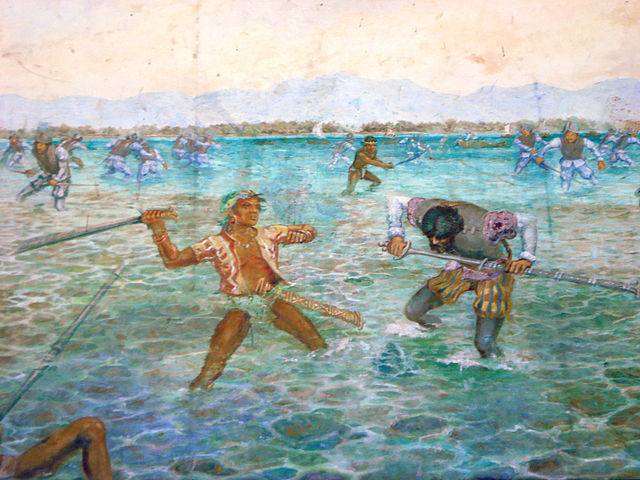
There are Philippine statues, paintings, food products and even a fish named after the barbarian Lapu Lapu but there are none for Magellan. As to your question: is it safe for Spaniards to visit the Philippines? Of course it’s safe. Despite the bad blood between the 2 countries, today Filipinos can travel freely to Spain without a visa. Many Spaniards consider the Filipinos as their brothers. Today the remnants of the Spanish influence can be seen in the Filipino names, street names, words in the Filipino language and in many of the food. The mulatos (or lighter-skinned cross-bred children of the Spaniards) are considered to be so attractive that they are plucked to be actors and models regardless of their intelligence or talent. This is part of the colonial mentality deeply ingrained in the Filipino psyche.
Another testament to the kind and forgiving heart of the Filipinos: they have great relations with the Japanese (maybe they’re attracted to Japan’s affluence). In fact, the Japanese (ashamedly) seem to remember what their warring ancestors did to the Filipinos more than most Filipinos today. Japan has also donated greatly to boost the Philippine economy. — Pedro Panduko
Send in your questions
This installment of our advice column comes to you from our Filipino-American expert, Mr. Pedro Panduko (this is his pen name). Ask him anything about the Philippines and he will give his expert opinion. Ask about the food, the beaches, politics, history, the people, customs, superstitions, economy, etc. He can even share affordable travel ideas.
Meet our Filipino-American: Pedro Panduko

Pedro was born in Aklan, a South Eastern province of the Philippines. He speaks Tagalog, Visayan and English. He was studying in Metropolitan Manila when his family decided to move to California, USA in the 90s. He’s a typical hard-working Filipino who enjoys sports (especially basketball, boxing and football), food, cars and action movies. He currently is the quality controller of a medical marijuana plant. No, he doesn’t sample the product (at least that’s what he wants us to believe), but he sure knows how to grow the best ones. He loves his family and America. He and his wife immerse their smart and talented kids into the American culture.





